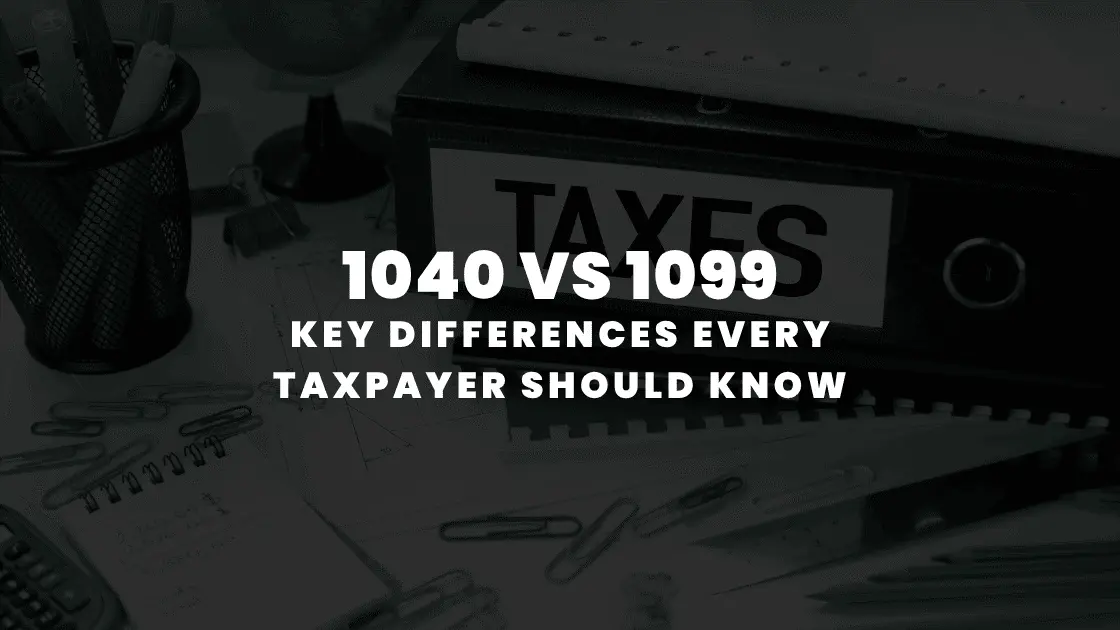September 19 2023 | By Farwah Jafri | 7 minutes Read

Penalties for filing taxes late
Understanding the Late Payment Penalty
Refund Situation
1. Claiming your refund
2. Statute of limitations
Avoiding the Failure-To-File Penalty
1. Reasonable cause
2. First-time penalty abatement
Inability to Pay Taxes
1. IRS installment agreement
2. Offer in compromise
3. ‘Currently Not Collectible’ status
Non-Filing Consequences
Endnote
Failing to meet the tax deadline can lead to financial penalties, and it’s crucial to understand the implications of late or non-filing with the IRS. Two primary penalties may be imposed: one for failing to file your tax return and another for not paying the taxes you owe. While avoiding these penalties is possible, disregarding your tax obligations is rarely viable. Let’s delve into the potential penalties for filing late taxes and what are the strategies to mitigate them.
Typically, the IRS imposes a failure-to-file penalty on tax returns submitted after the due date or the extended due date unless there is a valid reason for the delay. For instance, in a year when the deadline was April 18, the penalty is calculated based on the unpaid taxes and the duration of the delay.
The failure-to-file penalty amounts to 5% of the unpaid taxes for each month or partial month your tax return is overdue, capped at 25% of the unpaid taxes.
Another penalty comes into play when you fail to pay your total tax liability by the due date. The failure-to-pay penalty equals 0.5% of your unpaid taxes for every month or portion of a month you delay payment, even if the delay is minimal. Like the failure-to-file penalty, this penalty maxes out at 25% of your unpaid taxes. However, it can be waived if you demonstrate reasonable cause for the delay.
When both the failure-to-file and failure-to-pay penalties apply, the IRS reduces your failure-to-file penalty by the amount of the failure-to-pay penalty, effectively lessening the overall penalty.
If you anticipate a tax refund, there is no penalty for filing your tax return late. However, it’s still advisable to file promptly for two compelling reasons:
The IRS allows you three years to file a return and claim a tax refund, starting from the original due date. Delays may result in forfeiting your refund.
The IRS typically has a three-year window to audit filed tax returns. However, exceptions exist, such as when there is a substantial understatement of income (25% or more). The audit clock starts ticking when you file your return. Delayed filing means the IRS can audit you several years later.
The most effective way to steer clear of the failure-to-file penalty is to file your return on time or request an automatic six-month extension. You can apply for an extension by mailing Form 4868 to the IRS, making a payment via Direct Pay, Electronic Federal Tax Payment System (EFTPS), or credit/debit card by the tax due date. Most reputable tax software platforms offer electronic extension filing services.
In cases where on-time filing is impossible, file and pay the owed taxes as soon as possible. Then, explore options for penalty abatement.
Penalty abatement is the process of removing penalties for taxpayers who can demonstrate mistakes or extenuating circumstances. The IRS typically considers two scenarios for penalty relief:
If extenuating circumstances, such as a house fire, natural disaster, severe illness, or the death of an immediate family member, led to your late filing, the IRS may consider waiving penalties.
If you have a history of timely filing but missed the deadline once, the IRS might grant a first-time penalty abatement. To qualify, you should have filed all prior tax returns, paid your taxes, arranged for an installment agreement, and have had no prior penalties within the last three years.
To request penalty abatement, contact the toll-free number on your IRS notice or submit a written request using IRS Form 843. For penalty removal due to reasonable cause, you must provide supporting documentation, such as hospital records, a doctor’s letter, a death certificate, or insurance claim reports.
Not having the financial means to settle your tax bill is not a valid reason to avoid filing a return, and it won’t prevent penalties. The best approach is to file promptly and then explore payment alternatives:
This option allows you up to six years to pay your tax liability. While the IRS imposes failure-to-pay penalties and interest during installment payments, the penalty is reduced to 0.25% of your unpaid balance. You can apply for an installment agreement online, by phone (800-829-1040), or by submitting Form 9465.
If you face significant financial hardship, you may be eligible to settle your tax debt with the IRS for less than the total amount owed. Utilize the IRS Offer in Compromise Pre-Qualifier tool to assess your eligibility and determine an offer amount. Seeking assistance from a tax professional experienced in offer-in compromise agreements is advisable, as the application and negotiation process can be complex.
If you cannot pay your tax bill, you may qualify for “currently not collectible” (CNC) status. While your account is labeled CNC, the IRS refrains from seizing your assets or income. However, they will continue to apply penalties and interest, and any future tax refunds may be applied to your tax debt. Initiating the process for CNC status can be done by calling the IRS at 800-829-1040.
If you neglect to file your tax return, the IRS may step in and file one on your behalf, known as a “substitute for return” (SFR). While this may seem convenient, it often results in a higher tax liability than if you had filed yourself. The IRS bases SFRs on your income information but typically needs more details about deductions, such as business expenses, charitable donations, or medical expenses.
Fortunately, if the IRS files an SFR and assesses taxes, you can contest the amount by filing your overdue return. However, if you fail to respond to the IRS-filed SFR, the agency will initiate collection procedures, including wage or bank account levies and federal tax liens on your property.
Penalties and interest on unpaid taxes can accumulate significantly, underscoring the importance of fulfilling your tax filing obligations. If you have outstanding tax liabilities, seeking assistance from a qualified CPA or tax professional to file overdue returns, establish a manageable payment plan, and request penalty abatement is a prudent course of action.
For those contemplating how long, they can delay filing taxes, it’s crucial to recognize that while the government generally has a six-year window for criminal tax evasion charges, there is no statute of limitations for collecting unpaid taxes and assessing penalties. In addition to the failure-to-file penalty, you may incur the following consequences when the IRS catches up with you:
Failure-to-pay penalty: Failing to pay taxes by the deadline can result in a 0.5% penalty on the unpaid balance every month, up to a maximum of 25%.
Interest: Interest accrues on unpaid taxes in addition to the failure-to-pay penalty.
Substitute return: If the IRS has sufficient information to calculate your taxes, they may file an SFR on your behalf, potentially overlooking tax credits and deductions you might have claimed in your filing.
Lost refunds: Filing delayed tax returns may mean forfeiting refunds, as there is usually a three-year window to claim past years’ refunds.
As we have gone through the penalty for filing taxes late, you must meet your tax obligations promptly to avoid penalties and potential financial repercussions. The consequences of late or non-filing can be financially burdensome, making it advisable to address tax responsibilities diligently and seek professional guidance if needed. Simplify your business financials by getting an expert review from one of our experts at Monily. You can book a free consultation at https://monily.com/mfccalendly.
Also Read: Filing Business Back Tax Returns – A Complete Guide
Subscribe for business tips, tax updates, financial fundamentals and more.
MORE BLOGS

Starting a business is exciting, right? There’s innovation, there’s growth potential, and the thrill of building something from scratch. But amid all the planning, entrepreneurs often […]
Learn More →
Starting a business is quite thrilling, until tax season arrives. For founders, understanding the nitty gritty of startup taxation can make a difference between financial efficiency […]
Learn More →
Tax season can be overwhelming, especially when you’re staring at multiple forms with numbers instead of names. Two of the most common, and often misunderstood, are […]
Learn More →